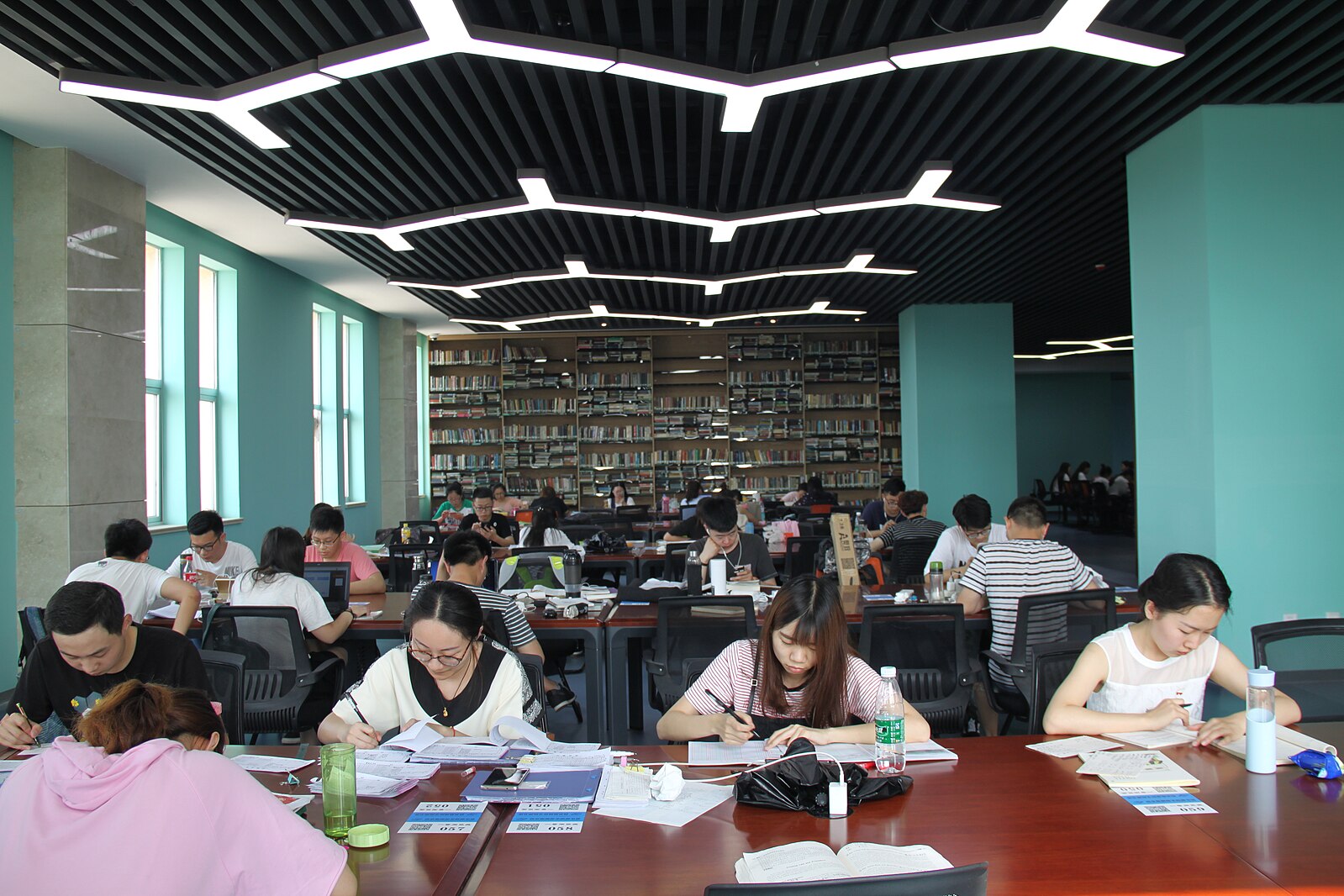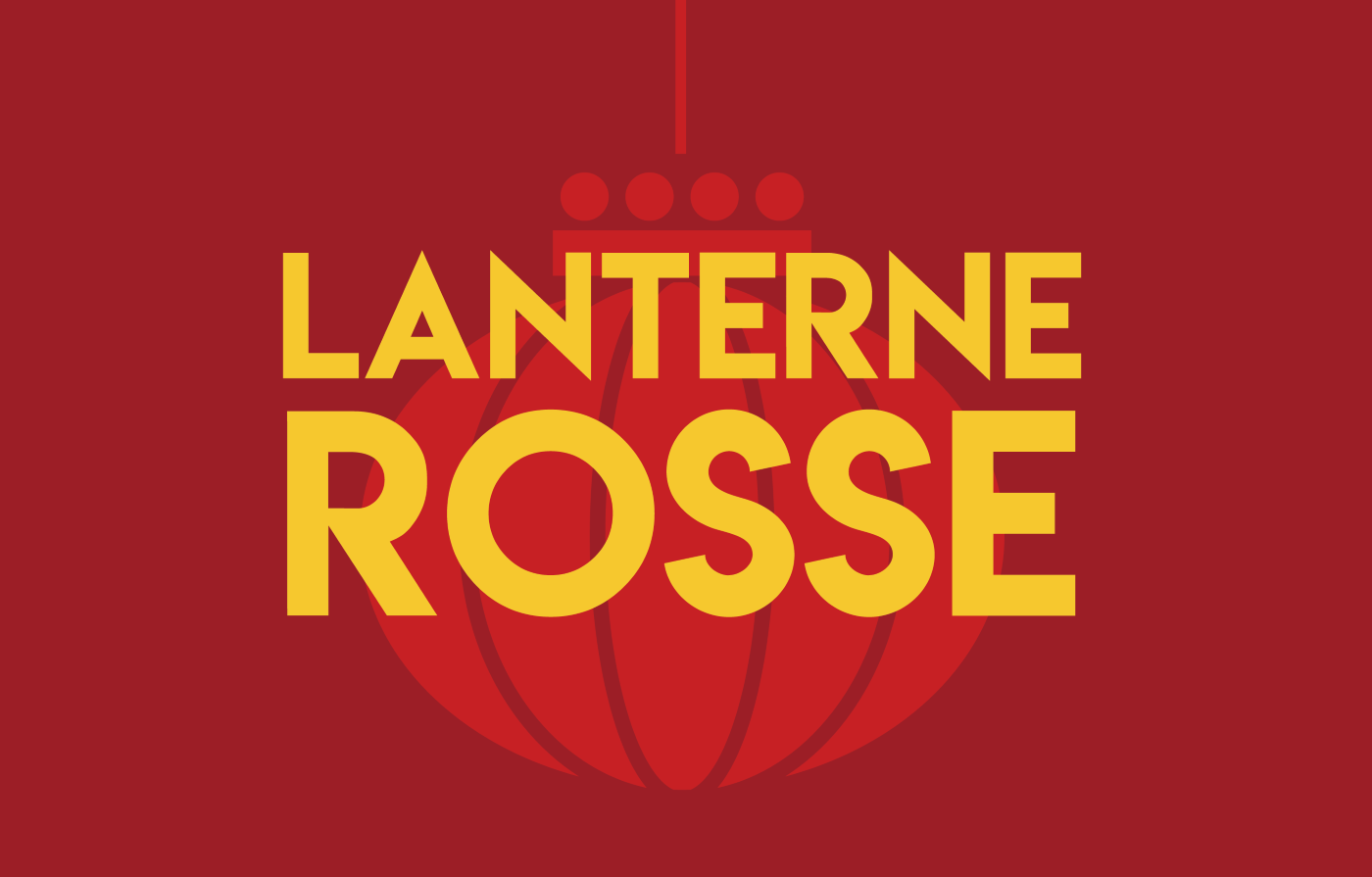Trump drives Chinese university students to seek Asian alternatives
The visa restrictions announced by the White House particularly affect Chinese students, who now number 277,000 in the United States. However, their numbers had already been declining in recent years, with the growth of alternatives in Asian universities, particularly in Japan, South Korea and Singapore. While Chinese universities are climbing the rankings in technological disciplines, they suffer from limitations on freedom of thought in the humanities.
Milan (AsiaNews) - For days, the issue of Chinese students in American universities has been a hot topic in relations between Washington and Beijing. On 22 May, the Trump administration announced its decision to prevent foreign students from studying at Harvard. A federal judge blocked the measure the following day, but the administration responded by tightening the restrictions. And on 27 May, it suspended all new interviews for foreign students. The storm came just before the Gaokao, the extremely difficult exam that 13.3 million Chinese students will take on 7 June to gain admission to university.
Of the approximately 1 million international students currently studying in the United States, 277,000 were Chinese in 2024. The visa restrictions will undoubtedly have significant consequences, but the data show that they will only accelerate a trend that is already underway:
|
Academic Year |
Chinese Students |
|
2015-2016 |
328.547 |
|
2019-2020 |
372.532 |
|
2023-2024 |
277.398 |
Until a few years ago, enrolment numbers had been growing steadily, peaking in 2019-2020. However, following the pandemic, the trend had already begun to change, and since 2020-2021, the number of Chinese students has fallen steadily year on year.
Why are fewer Chinese students choosing the United States?
The decline in Chinese students is due to a number of factors, including security – the United States is no longer seen in China as a safe place to live – and growing patriotism. The same political rivalries and climate of mistrust between Washington and Beijing are reflected in students, who see how much more difficult it is to obtain a visa and hope that it will be renewed. In addition, growing threats of espionage by Beijing have made it very difficult for its students to find jobs in the so-called STEM areas – science, technology, engineering and mathematics – in so-called sensitive sectors.
Where can students who can no longer study in the United States go?
The decline in the United States does not mean that fewer Chinese students want to study abroad: young Chinese people around the world are reaching record levels and have contributed to the recent boom in popularity of Asian universities. Singapore, for example, hosted 73,200 international students in 2024, about half of whom were Chinese.
According to a 2025 study by Sunrise International, the most popular destination was Japan, which welcomed about 115,000 Chinese students, followed in Asia by South Korea, Russia, Malaysia, Singapore, Thailand and Hong Kong.
In Japan, Chinese students increased by 11% between 2022 and 2023 and accounted for around 40% of total students in 2024. In Thailand, the increase was 21.4% between 2022 and 2023, reaching a threshold of almost 19,000 students. In Malaysia, they increased by 25%, from 26,627 Chinese students in 2023 to 33,216 in 2024.
Is it possible that some of the students who will not go to the United States will stay in China?
In China, the higher education sector has experienced phenomenal growth, and most of the best universities in Asia are located in China. Five Chinese universities appear in the top 50 in the world rankings, whereas in the 1990s they did not even appear in the top 200. This success is part of a political priority for Beijing, where the goal has been to create high-level universities capable of rivalling the best Western institutions, both in terms of academic quality and international reputation, in order to attract and train talent that can contribute to the country's development. Peking University and Tsinghua University recently confirmed that Gérard Mourou, a French physicist and Nobel Prize winner, and Kenji Fukaya, a Japanese mathematician, would be joining their teaching staff. At the end of April, Alex Lamb, a researcher in the field of artificial intelligence, confirmed that he was leaving his laboratory at Microsoft in New York for Tsinghua's new AI college. Then there are scientists of Chinese origin who are returning to China after attending Western universities, such as mathematician Sun Song of the University of California, who has moved to Zhejiang University, home to DeepSeek.
China is investing 0 billion a year in what economists call human capital. To attract an ever-larger pool of talent, in addition to improving the international reputation of its institutions, Beijing has granted large reductions in university fees, provided substantial scholarships and introduced several courses taught entirely in English. These investments are part of a country that offers excellent job opportunities: multinationals such as IBM, DELL, General Electric, Intel and General Motors continue to hire students graduating from Chinese universities, further enhancing the prestige of these institutions.
Could historic universities such as Harvard be replaced by Chinese ones?
Despite its investments, today's China will never be able to match these institutions in all fields of study. Beijing is focusing on science and technology, sectors that reflect the country's development needs, but also the only ones in which it is possible to guarantee a high level of education in a system where academic debate is limited due to restrictions on freedom of speech. The liberal arts often involve critical thinking about politics, economics and history. “At the moment, I don't think any university in China has an atmosphere comparable to that of historic Western universities such as Harvard or Oxford in terms of freedom of expression,” said Lin Jianhua, former president of Peking University.
12/02/2016 15:14







.png)










